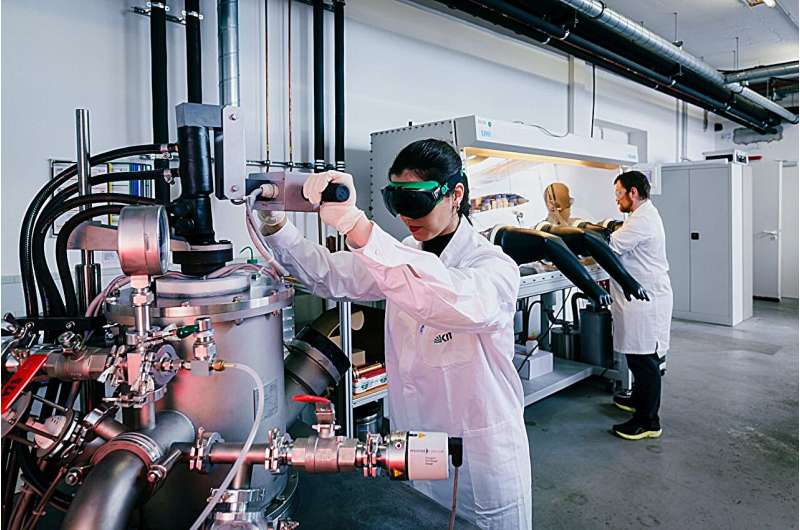By Futurist Thomas Frey
Imagine a world where the engines pushing us across continents, into rockets, or through power plants don’t shriek in heat—they glide in silence, riding on craft so temperature-resilient they seem almost mythic. That’s the future unlocked by a newly discovered alloy developed at MIT’s and Karlsruhe Institute of Technology: a chromium-molybdenum-silicon blend so ductile at room temperature, so resistant to oxidation at 2,000 °C, it shames the limitations of today’s superalloys. It’s not just an incremental upgrade—it’s a leap into materials once thought impossible.
Today’s gas turbines, jet engines, and combustion machines demand materials that survive heat, stress, and corrosion. Today’s nickel-based superalloys are pushed near their edge—usable up to ~1,100 °C in many real-world applications—but above that, they soften, oxidize, or fail. The new alloy redefines that ceiling. It combines high melting points, mechanical ductility, and oxidation resistance in a balance no prior refractory alloy achieved. The upshot? Machines that can run hotter, lighter, longer, and more efficiently.
What that means in practice is transformational. In aviation, a 100 °C increase in operating temperature translates to fuel savings of roughly 5% per turbine cycle. That’s not marginal—it’s existential. It allows jet engines to approach thermodynamic limits we’ve only theorized. Power plants can operate at higher yields. Spacecraft propulsion systems, rocket nozzles, hypersonic vehicles—all gain new envelopes of possibility. Efficiency becomes not “how to eke more from existing alloys” but “how far we can push materials at all.”
Within ten years, expect entire industries to pivot. Engine manufacturers will redesign core architectures around this alloy, shrinking cooling requirements and simplifying structures. Turbine blades may evolve from hollow, cooled chambers to denser, more robust alloys. Infrastructure like geothermal systems, ultra-high temp furnaces, and advanced manufacturing may adopt versions of this metal. Legacy materials will be relegated to low-stress components.
But as with any radical breakthrough, obstacles loom. Scaling production from lab to industrial reels remains a hurdle. Manufacturing consistency, microstructure control, impurity management, and ensuring stable performance over thousands of thermal cycles are non-trivial challenges. Engineers will need to master not just metallurgy, but process physics, additive manufacturing adaptation, and real-world stress testing. The innovation is not only what the alloy does—but how we produce, shape, repair, and upgrade it in mass volumes.
Yet the broader arc is clear: for over a century, mechanical progress has been shackled by the limits of materials. We designed engines, machines, and structures within the envelope of what steel, aluminum, or superalloys could endure. Now those constraints lift. The mechanical world becomes less about what metals must accept, and more about what design imagination can demand.
We stand at a moment where materials cease to be passive boundaries and become enablers of possibility. The new alloy is a milestone—but the real journey is rethinking everything built on metal: from propulsion systems to turbines, from industrial plants to next-gen mobility. The engines of tomorrow will not whisper: they will roar in temperatures that now feel impossible.
Final Thoughts
This novel alloy doesn’t just survive extremes—it rewrites them. In a world of machines pushing ever outward, materials like this become the frontier. The real transformation is not engines that get incrementally better—but systems redefined by a substrate that refuses to fail. When your materials no longer dictate your limits, the only question left is: How far will you go?
Original Article: Novel alloy withstands extreme conditions, could replace metals used in aircraft engines and gas turbines
Related Reading:


